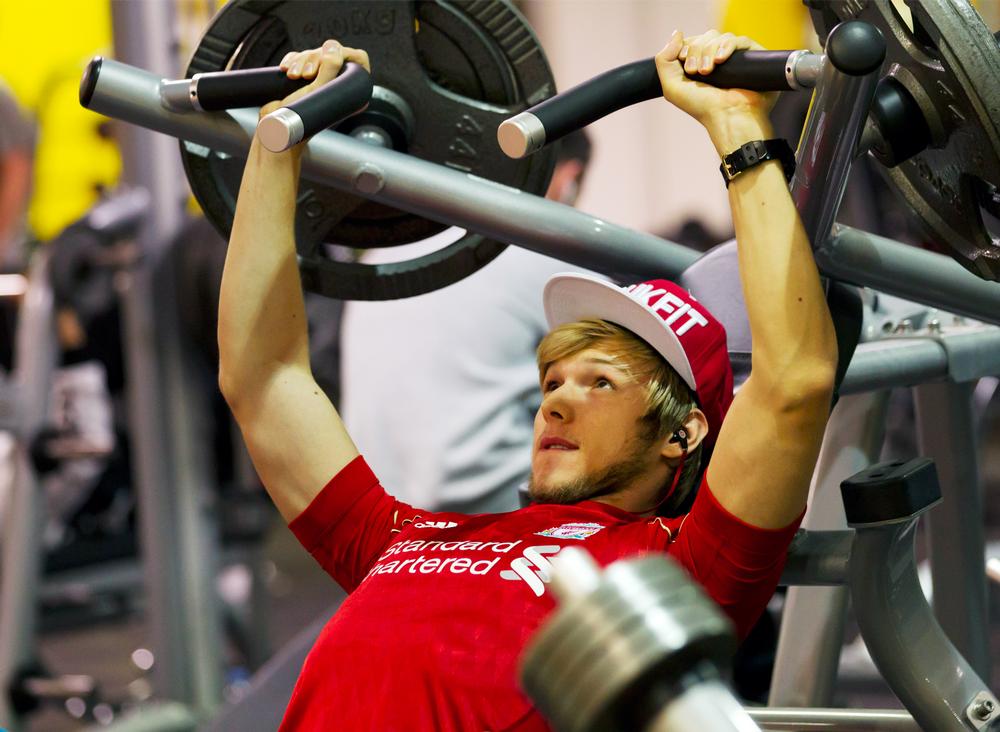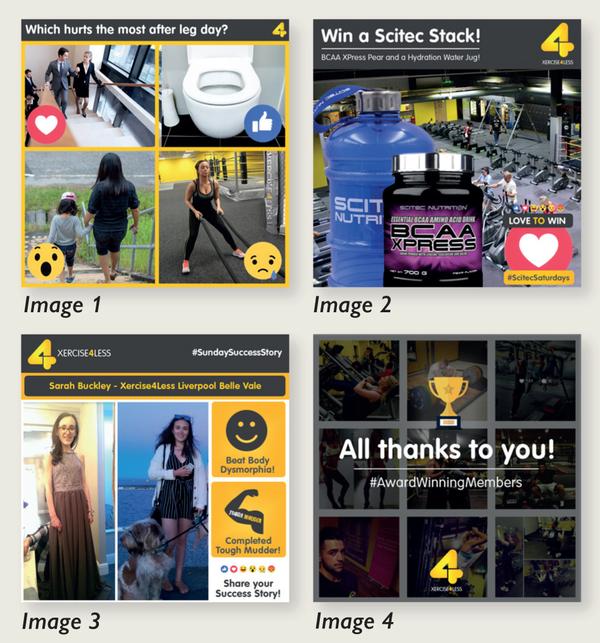We live in an era where people can turn themselves into a squeaky talking fox on Snapchat, or hit an ‘angry’ button at a piece of news content on Facebook. In fact, the nature of what you can do has become so varied that the whole concept of ‘social media’ – what exactly this now is – becomes quite hard to define.
I’d consider social media to be a mass get-together which no longer takes place in the park or in the pub, but in a Millennial third space: online. There might not be a see-saw or a pint of Tetley’s Smooth Flow in sight, but humans interact in this digital social media space in much the same way as they do offline in the local park or pub. That’s a result of psychological traits and human instinct.
But social media goes one step further: it amplifies human behaviour. It cuts out the routine, unexciting, dreary, monotonous matters that happen in the real world and just gives us the more dramatic, action-packed, high-end pleasure or high-end pain experiences.
As marketing decision-makers, we need to respect that the end consumer on social media is out for the thrills and spills. They’re certainly not scrolling through Twitter, Instagram or Snapchat to bask in any dullness or absorb meaningless promotional waffle.
At Xercise4Less, it’s my duty to ensure our social media appeals to our audience’s wants and needs. I’ve outlined four ways in which we do this.
Deliver emotional content
Social media content is only shared if it makes people feel something – whether that’s happy, angry, frustrated, hateful, excited, content, sad, confused, ashamed, guilty or satisfied. If your social media plays on the heart-strings of your audience, it’s much more likely to be shared.
As a brand, it’s quite difficult to deliver content that focuses on eliciting negative emotions from your audience without drawing that negativity onto the business, so you need to focus on the positive emotions. On Facebook, for instance, Xercise4Less shares a lot of short, funny videos and polls. These tend to drive more engagement than any other types of content. See image 1 (above) – ‘Which hurts the most after leg day?’ – as an example.
Contests and gifts
If you give something away, then people are more likely to give something back – it’s what’s known in social psychology as ‘reciprocity’.
In the real (non-social media) world, if you buy someone lunch one week, you’re more likely to get one back in return. With social media it’s the same, although the mutual exchange can happen much quicker.
On Instagram, Xercise4Less hosts a weekly competition each Saturday where members can win some goodies. The criteria to win is that the audience needs to show the post some love. That’s reciprocity. We give something away, and in return people will like our post. The average competition on Instagram achieves over 150 likes and 30 comments, and we don’t spend a penny. A recent example was our ‘Win a Scitec stack’ competition – see image 2 (p60).
A sense of belonging
Make people feel connected. Love your audience. In real life you wouldn’t ignore people who say ‘hello’ to you in the gym, because it’s rude and you don’t want to cause offence to them – so don’t think that it’s acceptable to blank fellow humans on social media either.
At Xercise4Less, we don’t just respond to every single person who tweets us, but we also reply with a GIF that’s relevant to their tweet. The use of the GIF makes the user feel more joy and a deeper connection with us.
We also reach out to people who have achieved success in the gym and ask if we can feature their story on social media. By contacting a member first, we bring them closer into our community – and it also allows us to curate better, more engaging content. Xercise4Less’ success story posts typically foster more than 100 likes and an audience reach of around 15,000. For example, Sarah Buckley’s story (see image 3, p60) is a great example of this.
Post for your audience
The best piece of advice: stop talking about yourself and start talking about others. Humans like attention, so make your social media reflect this. The more you do this, the better your social media will be.
I’ve read many guidelines suggesting you should make your online content 80 per cent about others, 20 per cent about your brand. This is not a good guide! If one-fifth of your content is all about your brand, that’s still way too much. Instead, only post about your brand when it matters and when you must. Make all the other content what your audience really wants to see.
Even when Xercise4Less was nominated for the Best Use of Social Media by the Leisure Database Company, we ensured the announcement was very much all about our members (see ‘All thanks to you’ – image 4, p60).
What lies ahead for the world of social media?
I hope your main takeaway from my article is that human behaviour and psychological traits should always be at the heart of any social media and marketing strategy.
Who knows what will happen next? Snapchat Spectacles might manage to turn you and your gym partner into the Incredible Hulk. Home workouts on Facebook Live might become the next big phenomenon. But whatever the next big social craze is, you must remember that human behaviour will always remain the same. Deliver emotional content, be mindful of reciprocity and create feelings of belonging.

























































